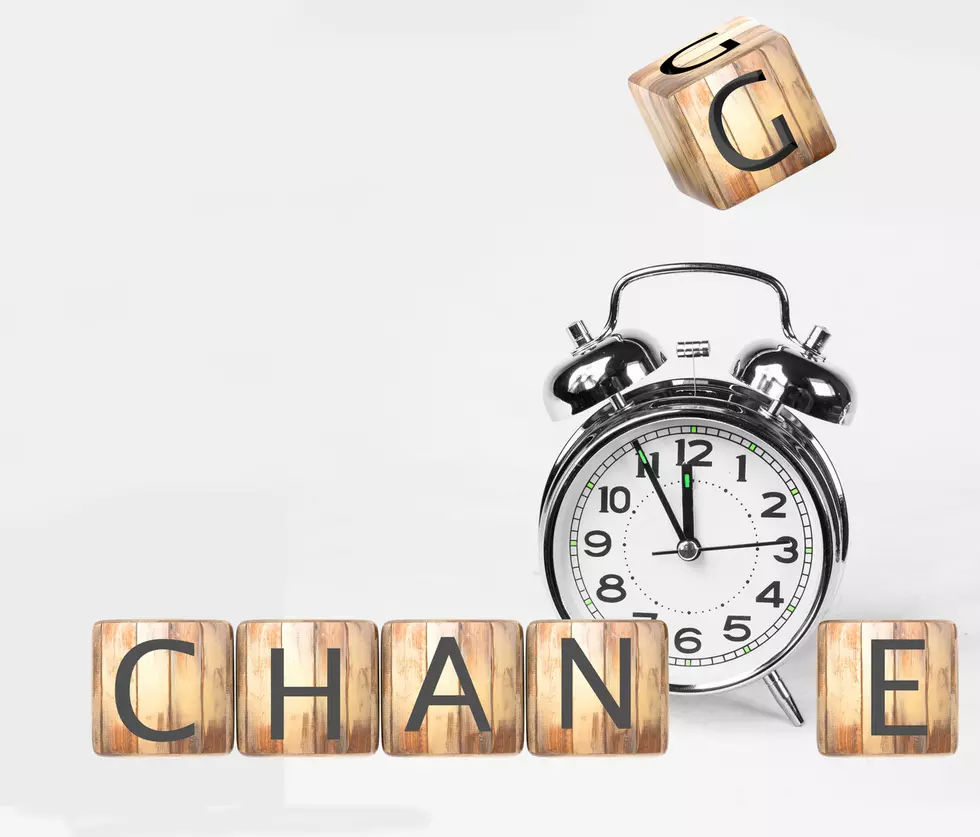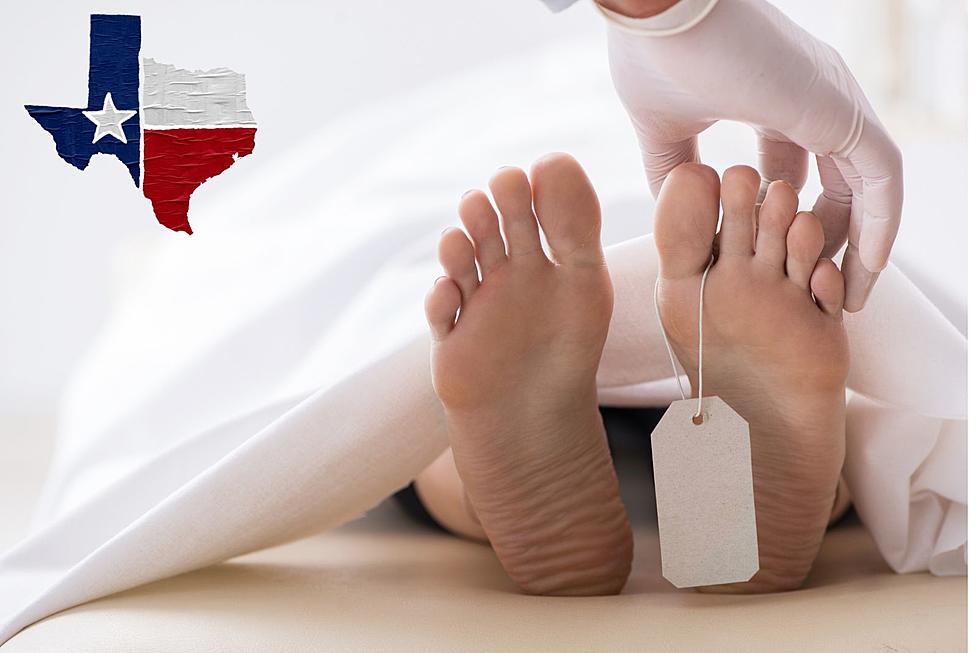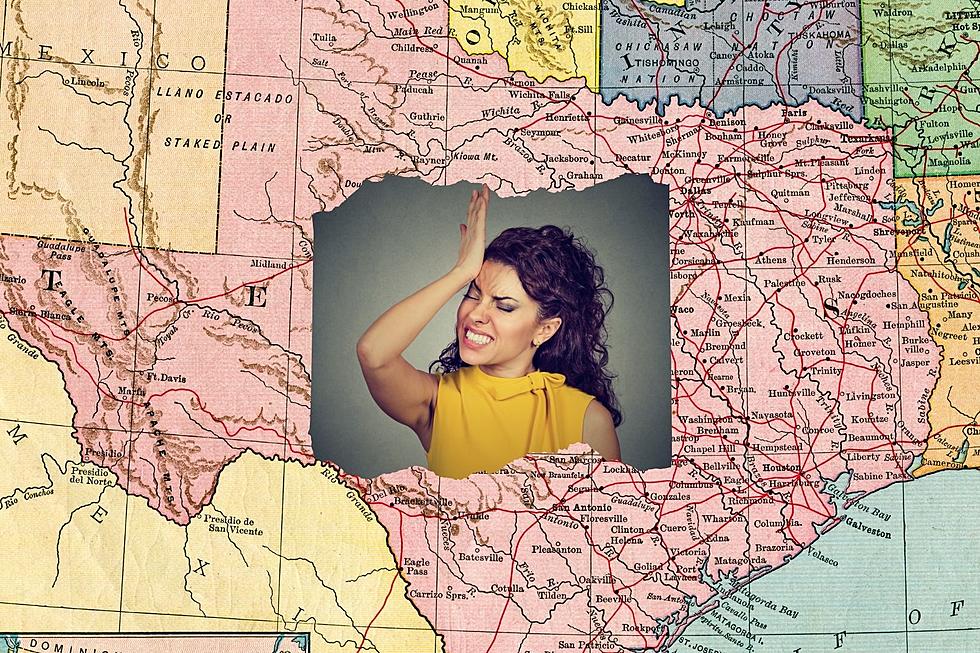
Central Texas, Don’t Forget to ‘Spring Forward’ for Daylight Saving Time This Sunday
Longer days and shorter nights are on the way.
Once again we've reached Daylight Saving Time. Twice a year here in the US, we fiddle with our clocks to adjust the amount of day time (well, daylight) we have.

In case you're wondering, Daylight Saving Time is in fact the correct term for the occasion. For some reason most of us have decided to add an unnecessary "s" to the end of the word.
Daylight Saving Time begins at 2 AM on Sunday, March 14, 2021. At this time you will need to set your clock ahead by one hour. Thus we "spring forward" by one hour to 3 AM.
Sadly, we lose a whole, sweet, sweet hour of sleep.
Daylight Saving Time will end Sunday, November 7 at 2:00 AM.
That's when we get an additional hour to snooze, so woo hoo!
Here's a quick history of Daylight Saving Time according to the Old Farmer's Almanac:
In 1784, Ben Franklin playfully shared the idea of waking people up at 4 AM each day as a matter of public policy so they'd be plenty tired by the time the sun was setting. This, he hoped, would save on candle expenses. Hm.
Then in 1907, an Englishman named William Willet wrote a manifesto titled 'The Waste of Daylight', in which he called daylight hours he considered missed by most people "a defect in our civilization".
Our modern Daylight Saving Time emerged when the US Congress introduced the Standard Time Act, which established the time zones, in 1918, and there had been a push by President Woodrow Wilson to implement clock changes for the sake of conserving energy as the U.S. entered World War I.
Just like here in the present, there were quite a few opposed to this new time schedule. In fact, many farmers, for whom popular legend says DST was created, weren't happy with the change and thought it only benefitted people in urban areas. In 1920, DST was abandoned, but it was taken up again after the U.S. entered World War II. Because there was inconsistency of DST execution across the country, the Uniform Time Act in 1966 was passed, and an extension of the DST period was passed in 1986.
Then in 2007, the Energy Policy Act of 2005 turned daylight saving time into what we know today - the twice annual changing of clocks ahead one hour on the second Sunday in March, and back one hour on the first Sunday in November.
Thank goodness for the creative "spring forward" and "fall back" terms, because I, like many others, probably couldn't remember it any other way.
Our phones and most of our other digital devices will update automatically, but be sure to check clocks around your house and the clock in your car.
Personally, while it will be nice to enjoy some sunlight in the evening hours, it sure will be a struggle in the mornings for a bit.
READ ON: See the States Where People Live the Longest
More From KSSM-FM









